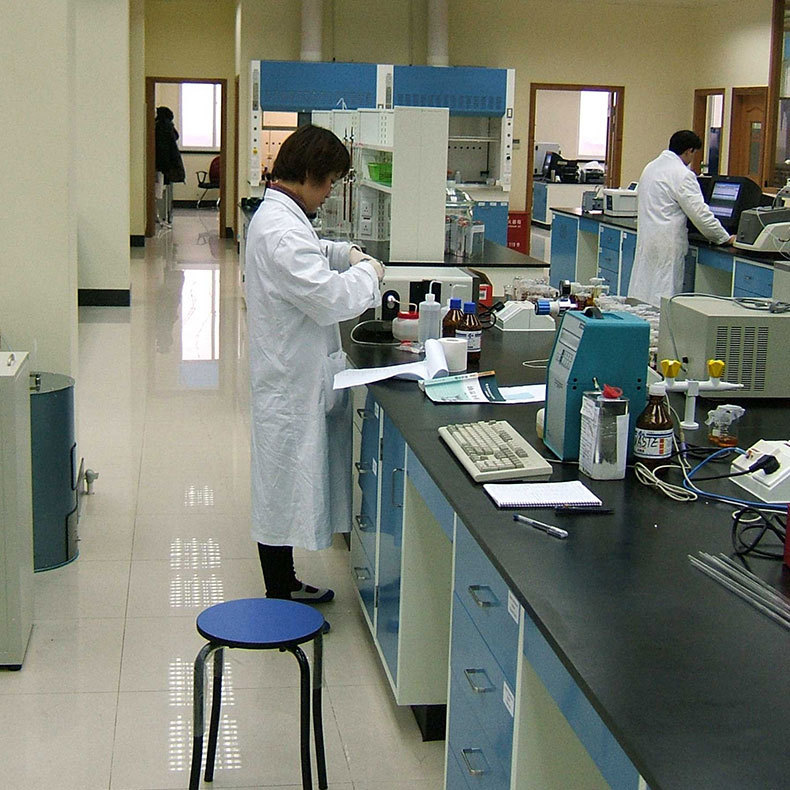"Breaking the Silence: Understanding AIDS in English and Beyond"
In the realm of global health, few topics evoke as much concern, misunderstanding, and stigma as AIDS—Acquired Immune Deficiency Syndrome. This complex condition, caused by the Human Immunodeficiency Virus (HIV), has long been shrouded in mystery and fear, often leading to discrimination and social isolation for those affected. Yet, as we delve deeper into the English language resources and global dialogues surrounding AIDS, a clearer picture emerges, revealing a path towards understanding, prevention, and compassionate care.

The Linguistic Barrier and Bridging It
The English language has played a pivotal role in the dissemination of information about AIDS. From medical journals to international conferences, English has been the common language through which researchers, doctors, and policymakers share groundbreaking discoveries, treatment advancements, and strategies for combating the epidemic. However, this linguistic dominance has also created a divide, leaving many non-English speakers in the dark about crucial health information.
Efforts to translate medical literature and educational materials into local languages have been crucial in bridging this gap. Organizations like the World Health Organization (WHO) and UNAIDS have led the charge, ensuring that accurate, culturally sensitive information reaches communities worldwide. This linguistic inclusion fosters a more informed and resilient global society, armed with the knowledge to protect themselves and others from HIV transmission.
Understanding the Virus: HIV and AIDS Explained
At its core, HIV attacks the immune system, specifically the CD4+ T-cells, which are vital for fighting off infections and diseases. Over time, as the virus replicates and destroys more CD4+ cells, the immune system weakens, making the body vulnerable to a range of opportunistic infections and cancers—collectively known as AIDS.
A key aspect of understanding AIDS in English is grasping the terminology used to describe its various stages, modes of transmission, and available treatments. Terms like "antiretroviral therapy" (ART), which refers to a combination of drugs used to suppress HIV replication, and "undetectable viral load," which signifies that the virus is at such low levels in the body that it cannot be transmitted sexually, are fundamental in discussing prevention and management strategies.
Breaking the Stigma: From Fear to Empathy
One of the most profound challenges in addressing AIDS is the stigma attached to it. In many cultures, fear of contamination and misinformed beliefs about transmission routes have led to widespread discrimination against HIV-positive individuals. By engaging in open, honest conversations in English and other languages, we can dismantle these myths and foster an environment of empathy and support.
Education campaigns, both online and offline, play a vital role in combating stigma. They highlight the reality that HIV is not a choice but a condition that can affect anyone, regardless of their background. Stories of resilience, shared by HIV-positive individuals in English and other languages, inspire hope and remind us of the power of human connection in overcoming adversity.

The Road Ahead: Innovation and Advocacy
As we stand on the cusp of new medical advancements, such as potential vaccines and long-acting antiretroviral drugs, the future of AIDS management looks promising. However, these innovations must be paired with relentless advocacy for access to healthcare, especially in low-resource settings. By continuing to converse in English and other languages about the barriers to care and the urgent need for equity, we can drive change and ensure that no one is left behind in the fight against AIDS.
In conclusion, understanding AIDS through the lens of the English language opens doors to a wealth of knowledge, resources, and global solidarity. As we continue to break the silence surrounding this condition, we pave the way for a future where compassion, science, and equity work in harmony to end the AIDS epidemic.
当人体细胞不幸被HIV病毒侵袭,这些细胞随即转变为病毒复制的“生产线”,不断产出新的病毒颗粒,这些病毒又转而感染更多健康细胞,使之同样变成病毒的“生产基地”。这一过程以惊人的指数速度扩张。因此,尽早识别并遏制这些“生产线”的建立,对于控制病情、延长患者生命至关重要。HIV DNA载量(即“生产线”数量)高的个体,其病情发展更为迅速且严重。
若您面临感染风险,选择HIV核酸检测无疑是一个明智之举。尽管其费用略高于传统的抗原抗体检测,但其窗口期仅为7天,相比之下大大缩短了检测等待时间,为患者赢得了宝贵的早期干预机会。这一时间差不仅可能大幅降低治疗成本,还能更有效地控制病情,提升生活质量,延长生存时间。
艾测网提供的HIV核酸检测服务,依托国内顶尖的大型实验室,而非小型机构。我们拥有尖端的检测设备和专业的技术团队,确保检测高效、准确。同时,我们提供大量检测服务,快速出具结果,性价比高,且无需实名制,全力保护您的个人隐私。选择艾测网,让您的健康检测更加安心、便捷。



